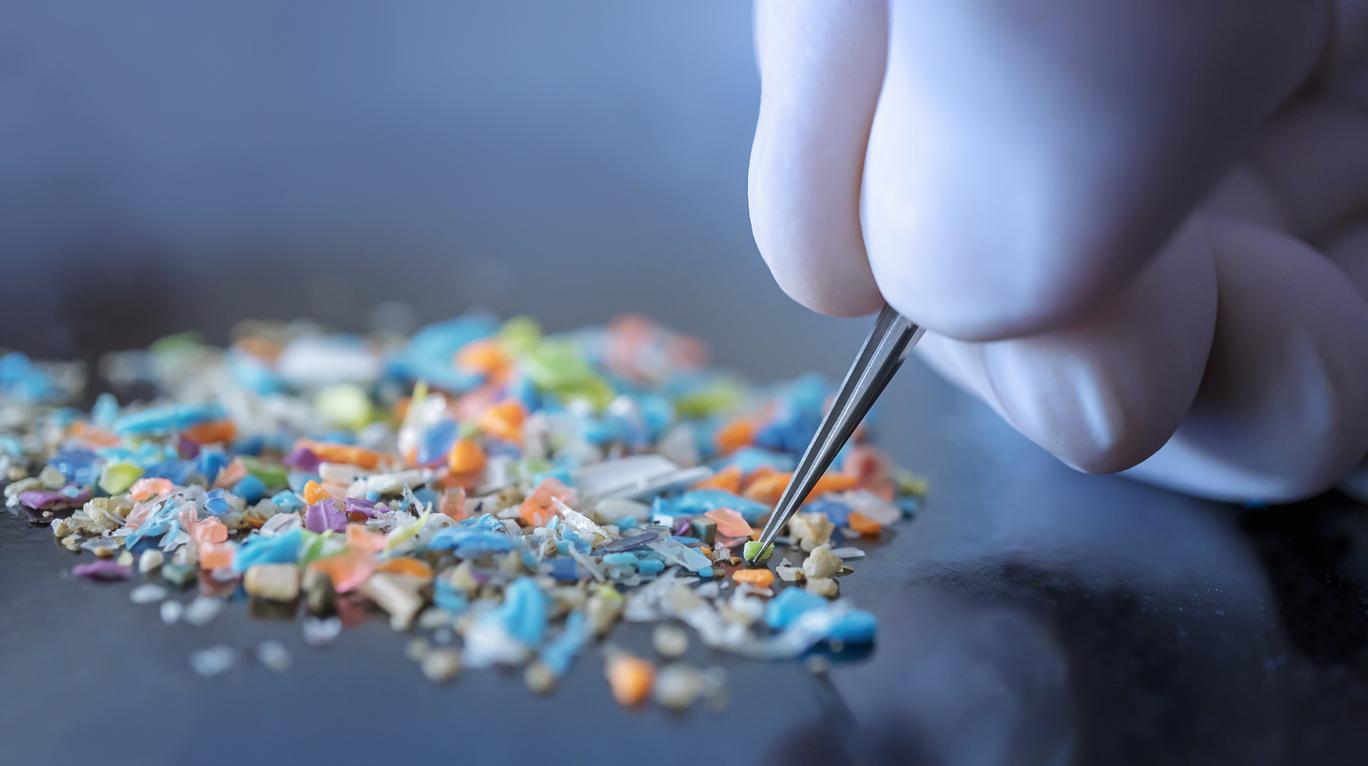Car users would be exposed to dust containing a potentially carcinogenic product used to fireproof vehicle seats.

This is a study that can worry anyone who spends a lot of time in their car: work carried out by a team of scientists from the University of California (USA) shows that the air inside cars contains particles of TDCIPP (chlorinated organophosphate), a potentially carcinogenic chemical commonly used as a flame retardant in vehicle seat upholstery.
We knew that the air inhaled inside a car was already heavily polluted by the gases and particles emitted by automobile traffic. That study published in the journal Environnement International shows that products generated by materials inside the car can also be toxic.
A list of 800 carcinogenic or toxic products
This would be the case with TDCIPP, whose harmful effects on health (risks of cancer and fertility problems have been observed in the laboratory on rodents and zebrafish) nevertheless led to its being placed on the list in 2011. of “Proposition 65” in California which lists more than 800 chemical substances “known to be carcinogenic or reproductively toxic to the State of California”. This list is updated at least once a year and covers all consumer products sold or distributed in California, including textiles, footwear, capital goods, home improvement, childcare and stationery items, toys and electrical or electronic products.
In fact this product has been withdrawn from the manufacture of furniture for the home … but it continues to be used by the automotive industry. This caught the curiosity of David Wolz, associate professor of toxicology at the University of California. This scientist has studied for nearly 10 years the effect of various chemicals on fertility and early development using human cells and zebrafish as a model. In the latter, he had observed that TDCIPP prevented an embryo from developing normally.
A silicone wristband to capture airborne substances
Knowing that the product continued to be used to flame retardant car seat foams, David Wolz investigated how exposure to TDCIPP could have effects depending on the time spent in an automobile. To find out, he used… his own University of California undergraduates, a majority of whom commute by car.
Ninety students whose journey times varied between 15 minutes and more than two hours round trip were fitted with a silicone bracelet worn for five days. The molecular structure of silicone allows it to capture airborne substances. Observations made during this experiment showed that TDCIPP was found in the dust inhaled inside vehicles and that exposure to this product was one of the only among the other chlorinated organophosphates tested to show a strong positive association with time. path.
Frequently dust vehicle interiors
No urine sample was taken from the student “guinea pigs” to check whether the product had migrated into their organism. “We assume this is the case due to the difficulty of avoiding ingestion and inhalation of dust”suggests David Wolz.
“If we made findings in five days of testing, what does that mean for long-term chronic exposure for those who spend a lot of time in cars over decades?”, wonders the researcher who wishes to repeat this study with a larger group of people of more varied ages. In the meantime, he offers a common-sense “solution”: frequently dust the interior of vehicles!
.

















